We dedicate ourselves to strategic projects suitable for low-income localities such as Dien Bien Provinces. They are dynamic projects that significantly, positively impact the local economy, the society, and the environment towards sustainable development and worthy values.
In two group projects (Wooden Furniture Production and Agro-Forestry), with over 1.5 billion USD total investment, we expect to create an export revenue of nearly 20 billion USD for 2022-2031.
The current revenue of the Hsimex project creates stable cash flow immediately. In contrast, the revenue of the Macadamia Dien Bien project will grow vigorously and stably after the next five years.
Both projects have impressive land banks for cultivation and production activities with complete legal records, ready to accommodate expansion.
Both projects are on the list of high-value goods encouraged by Vietnam’s Government to export. As a result, we receive tax incentives, land funds, and infrastructure incentives to do business.
With similar investment advantages, the two projects belong to two different sectors. Therefore, investors can avoid financial risks, especially when the world investment market is quite volatile.
Legacy-based investment towards sustainable development is the inevitable trend of the future and is consistent with the 17 Sustainable Development Goals of the United Nations.
Looking not only for profit, together with strategic investors, we proactively carry out community responsibilities by investing in efficient but eco-friendly businesses, resource-saving, and positively impacting socio-economy in the region.
World’s Largest Organic Macadamia Mega Farm and ASEAN’s Largest Furniture Manufacturing Complex projects have a positive and massive impact on the local economy.
The projects have a substantial export revenue compared to GDP in these localities.
The macadamia plantation project and the furniture production project bring jobs and improved incomes for hundreds of thousands of direct and indirect workers.
On a large scale, these projects reasonably reduce the poverty rate and social evils caused by poverty, affecting hundreds of thousands of people in the projects’ area.
The macadamia farm project also has a substantial environmental impact. Macadamia trees are essentially forest trees, so planting macadamia trees is reforestation. Dien Bien province is located in Vietnam’s most remote, poorest areas with many bare land and bare hills.
It is both a waste of economic resources and a risk of rain and wind eroding the fertile soil on the Earth’s surface, causing flooding.
Our macadamia project has a powerful impact on preserving soil fertility, reducing flooding, and preventing groundwater depletion.
From the Southern Cross University’s Centre for Regional Climate Change Studies, Associate Professor Graham Jones, in his publication, stated that macadamia trees can store 4 tonnes of carbon dioxide per hectare per year, equivalent to 0.5 tonnes released per hectare each year during the same period.
It is clear that macadamia trees can store more carbon than other trees and can be used to remove excess greenhouse gases from the Earth’s atmosphere. Considering our entire 31,590 ha macadamia farm in Dien Bien planted over the next five years, approximately 126,360 tons of carbon will be annually absorbed.
Macadamia plantation projects combined with solar energy projects are very environment-friendly projects. Together they are vital action projects to combat climate change; their impacts are directly related to the environmental goals 7, 13, 15 and indirectly related to other goals of the United Nations’ 17 Sustainable Development Goals of the United Nations.


Since 2001, when Vietnam’s furniture export value was only 16.1 million US dollars – accounting for 0.06% US furniture imports, we have pioneered investing in wooden furniture production.
From 2004 to now, despite many difficulties in capital, we still maintain a continuous production – export activity and contribute a part in Vietnam’s total export revenue of wooden furniture. Heavily affected by the Covid-19 epidemic, we still achieved export revenue of about 42 million USD in 2021.
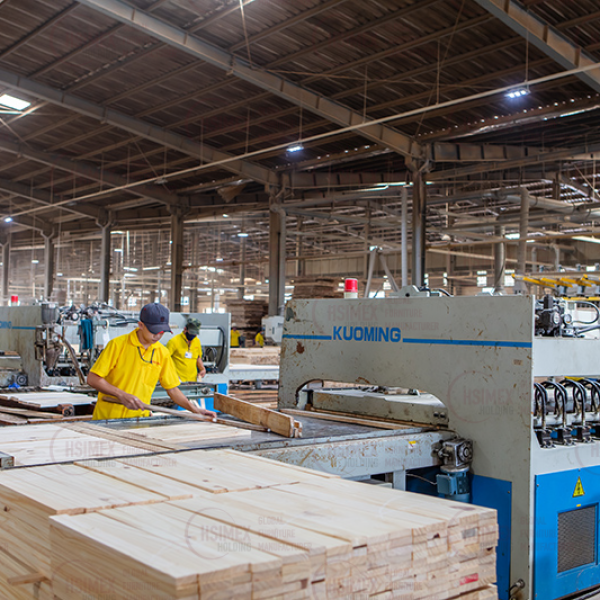
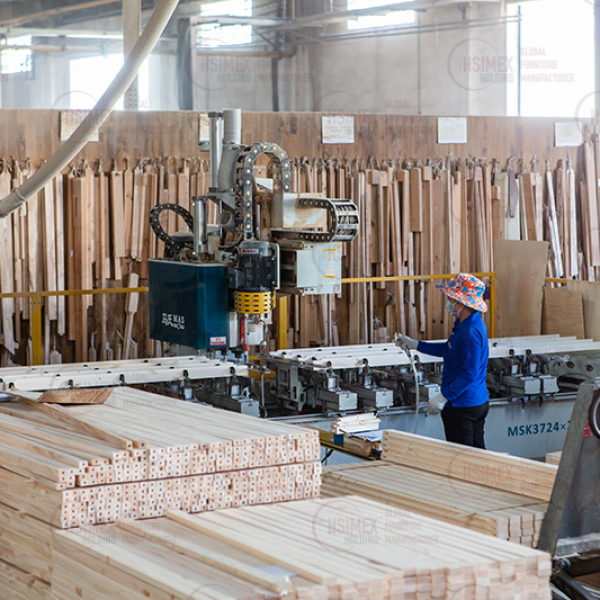
From 2001, for more than 20 years in the furniture industry, we have our goods exported to and sold in 25 states of the US.
The leadership position of the world’s largest furniture factory has remarkably changed and is moving sharply from China to Vietnam. Vietnam’s export value of forest products in 2021 is estimated to reach 15.6 billion US dollars, an increase of 18 % compared to 14.5 billion US dollars in 2020. Vietnam ranks second in exporting wooden furniture to the US market after China.
With the above advantages, we wish and boldly call for a significant investment of up to 700 million US dollars for ASEAN’s Largest Furniture Manufacturing Complex Project with a capacity of 118,000 containers per year. We are ambitious to capture about 0.7% of the US market by 2031 with total approximate export revenue of 22 billion US dollars in the next ten years, 2022-2031.


We aspire to build the world's largest macadamia mega-farms in Dien Bien, Vietnam.
We have been a pioneer company investing in macadamia trees since 2010 when in Vietnam, there were only small farmers growing macadamia as a fruit tree in their small garden. Up to now, we have successfully planted more than 3,000 hectares of macadamia trees and remarkably harvested over 120 hectares in August 2021.
Currently, Vietnam’s macadamia nut exports are minimal and ranked at the bottom of the world’s macadamia nut exporters. However, the output of exported macadamia nuts is increasing rapidly in the next five years.
With seedlings yielding up to 3.3 tons of NIS seeds as in the last August 2021 harvest, we expect Vietnam to emerge and become a global macadamia capital in the next ten years.
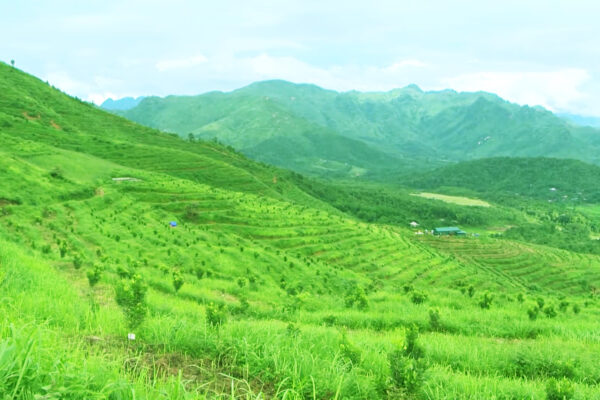
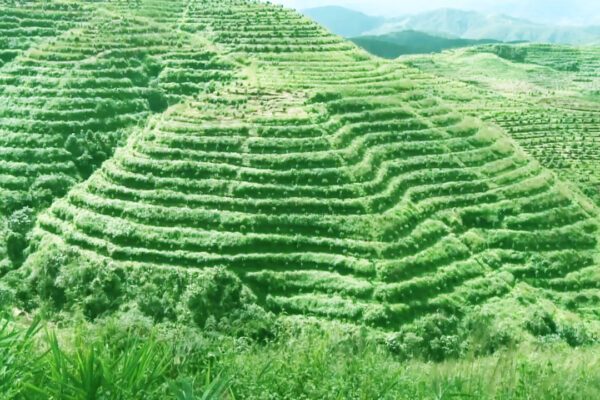
The first export revenue is very modest compared to the needs of the Chinese market, even for domestic consumption. However, the harvest is beneficial because it gives us objective evidence that the quality and productivity of the macadamia cultivar that we have selected and nursed over ten years ago far exceed our predictions.
Compared to the yield and quality of NIS macadamia nuts worldwide, especially in Australia, our product has the best quality and gives the highest yield in the world. As a result, the final economic efficiency is substantial and stable in the long run.
The nursery currently owned by us can supply approximately 15,000 hectares annually with varieties extracted from more than 1830 hectares of mature macadamia also owned by us.
Providing:
We have met the primary conditions to boldly call for investment from outside Vietnam up to 800 million US dollars for the World’s Largest Organic Macadamia Mega Farm project. With an estimated total production of NIS macadamia around 190,000 tons by 2031, we aim to capture 30% of the global market share with total export revenue of more than 12 billion USD in 2022-2031.
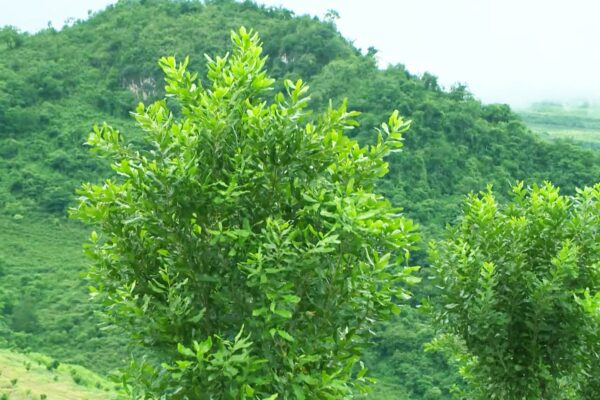
In this plan, we only focus on the construction project of worker housing. More than 50,000 direct workers – possibly up to 100,000 people, and about 30,000 are indirect farmers whose income will depend on the macadamia farm.
So in the 10-year planning period, 2022-2031, total worker housing in need is up to about 50,000 apartments/detached houses of all kinds.
The Low Income Housing Program (LiHP) was initiated and chaired by company in 2004. The legacy left to date is the entire production technology of building materials and construction technology, assembly methods, standard drawings for planning and design, and includes construction material factories such as the Finnish-manufactured prestressed concrete plant and the imported Lightweight Concrete (AAC) Plant from Germany. The total capacity of factories can supply up to 25,000 housing units per year.
The most significant legacy as a prerequisite and prominently associated with the success of (“LiHP”) is a long-term financing package with favorable interest rates and a funding period of up to 25 years for the entire corporation employees. This financing package is now integrated with the Mandavie Voluntary Retirement Fund (“MVRF”) managed by the Mandavie Swedish Trust.
The total estimated budget for the worker housing project is about one billion US dollars. It will take about five years to complete the construction of 50,000 housing units in the two provinces of Binh Phuoc and Dien Bien, where the factories and farms are located
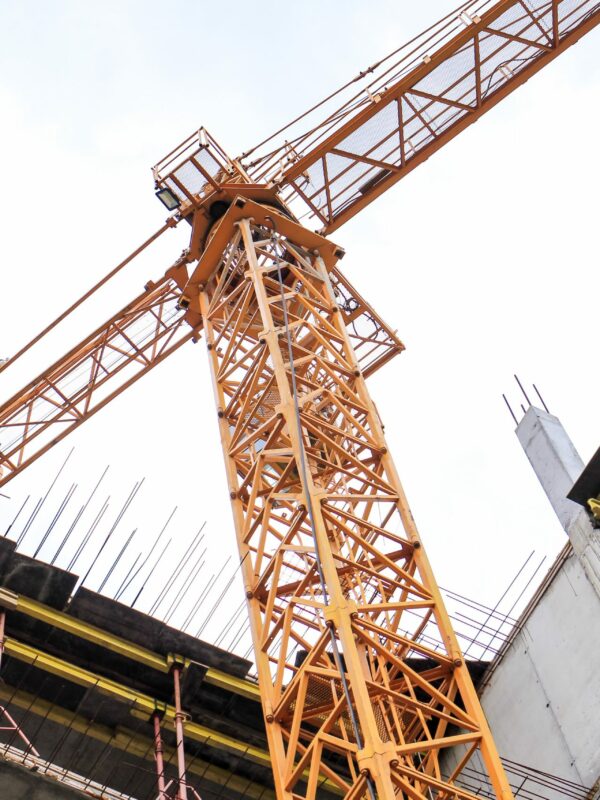
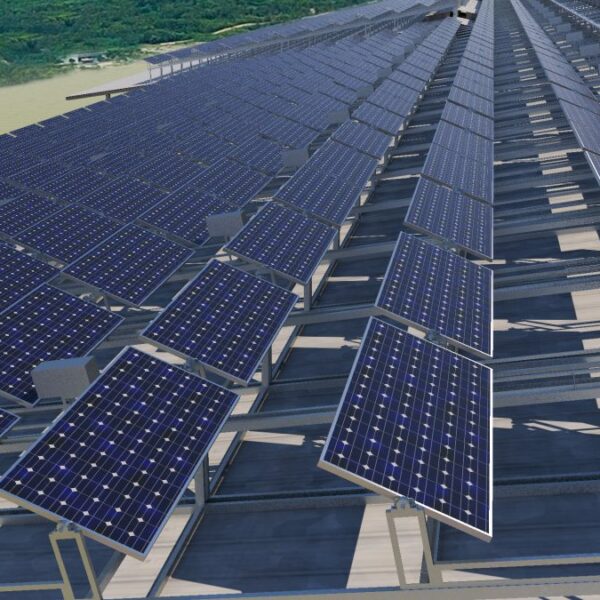
The electricity demand is quite significant. The electricity bill alone to produce 118,000 containers per year of ASEAN’s Largest Furniture Manufacturing Complex project costs nearly 40 million US dollars, equivalent to 368 million kWh per year.
Although the macadamia farm project has a lower electricity demand, tens of thousands of households of farmers and farm employees living in the project land are about to pay 24 million US dollars, equivalent to about 306 million kWh per year. If the projects can cover this electricity demand, we can significantly reduce the total cost of electricity.
We plan to invest in 02 solar power plants right on the project’s land.
+1 307-316-8266
Mandavie GFund, LP
Copyright © Mandavie Group 2022. All Rights Reserved.